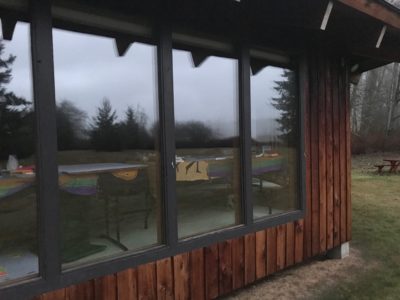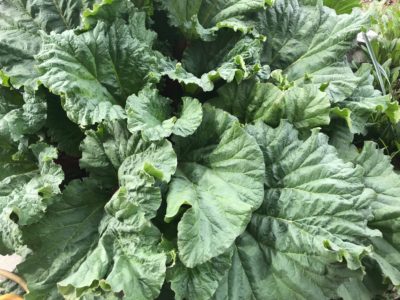
I am grateful for the call I had yesterday in which a friend / colleague, Stuart McIntyre, framed three kinds of change in organizations and communities. All of it was about trying to understand both nuance of subtle things, and, the larger ecosystems map in which people contribute their gifts, passions, and complexities.
- Change from the inner work of personal awareness and growth. This one comes from the belief that the inner projects the outer. Thus, to change the outer, we must work on the inner. As the 13th century poet Rumi says, “Yesterday I was clever, so I wanted to change the world.
Today I am wise, so I am changing myself.” - Change from creating alternative institutions. This one comes from a belief that it’s not just “what” we do, but “how” we do it. I’m thinking now of the oodles of organizations that are shifting governance, decision-making, and leadership as a whole to more participative and inclusive ways.
- Change from confronting and interrupting patterns of power and exclusion. This one comes from the courage to engage with founding patterns of western culture that married colonization (taking land without regard to its inhabitants) with capitalism (making slavery an economic strategy to create wealth and advantage). Four hundred years later (for the USA) there is a reckoning in play, rather complex, that I believe requires mass courage, honesty, vulnerability, and grieving. Yes, at the big scale of society. But also yes, at the scale of organizations and communities trying to live in healthy ways.
So, most of us are living amidst these three rather important and impactful endeavors.
I don’t feel I have answers. But that isn’t near enough rational to not stay in the complex process of staying curious together about difficult and involved things.
Sure glad for a friend that helped piece / peace some of that together.



